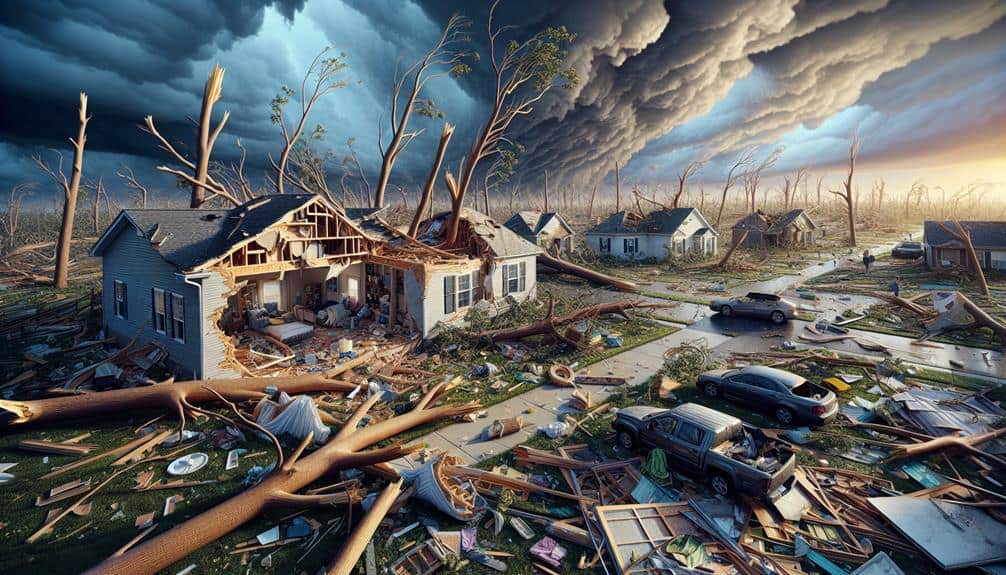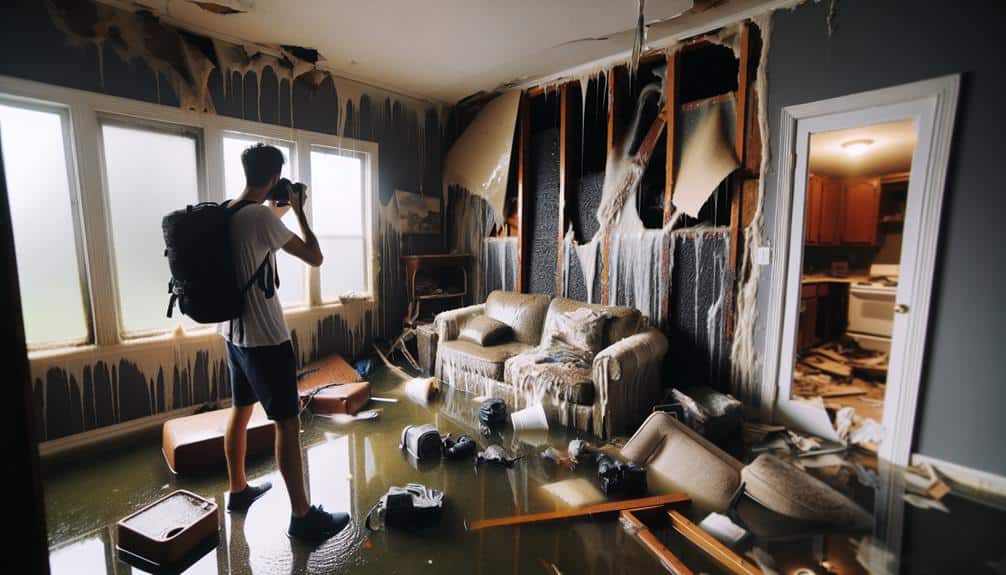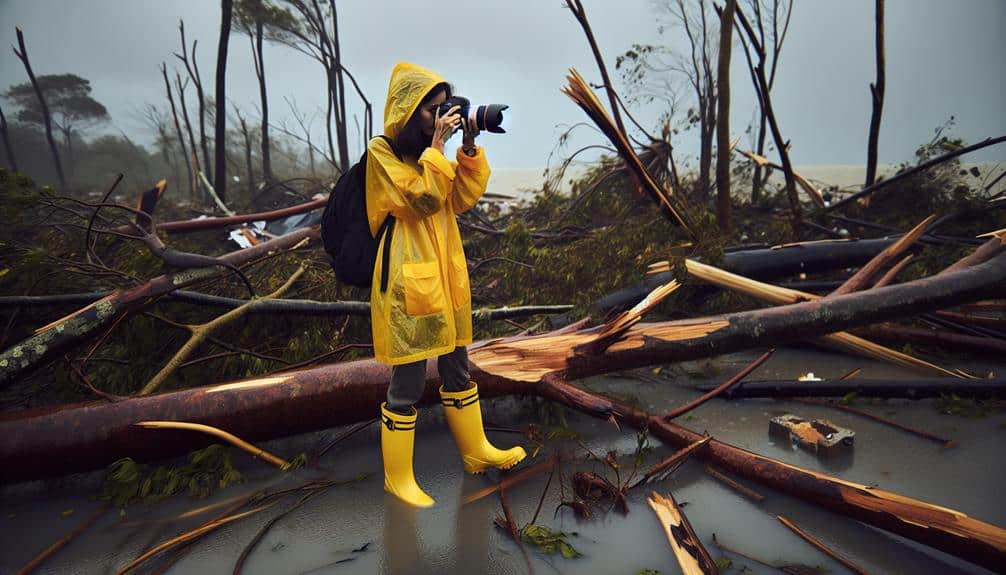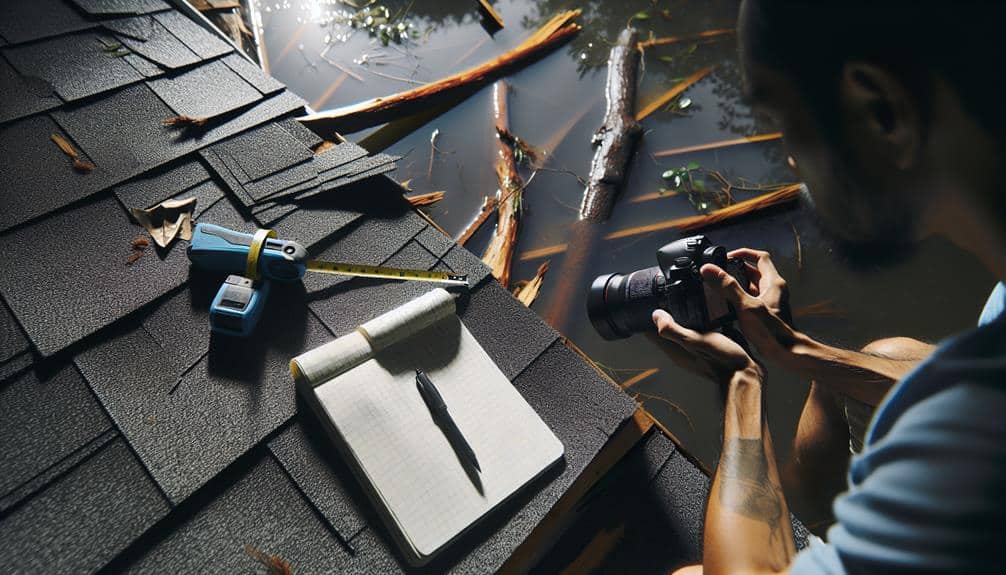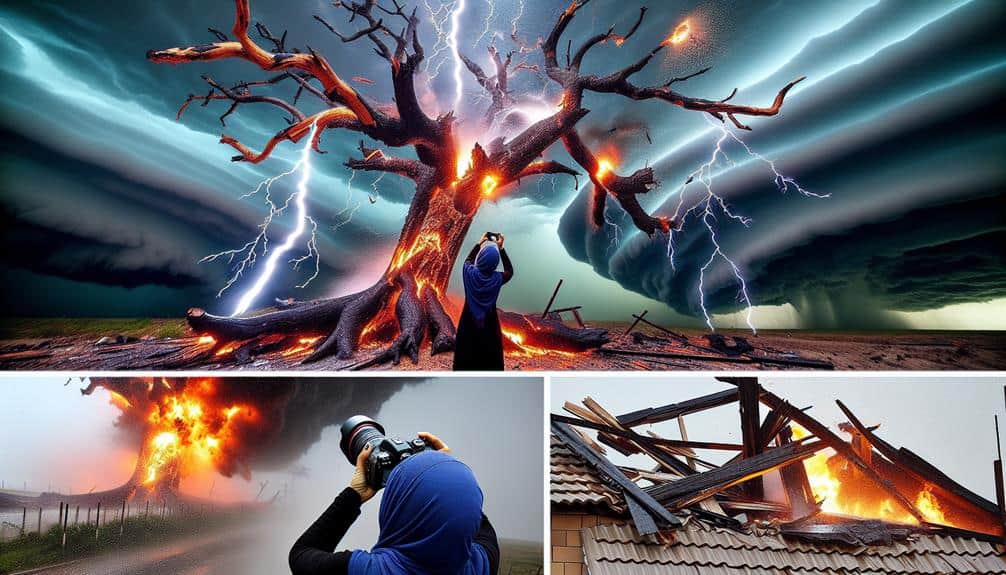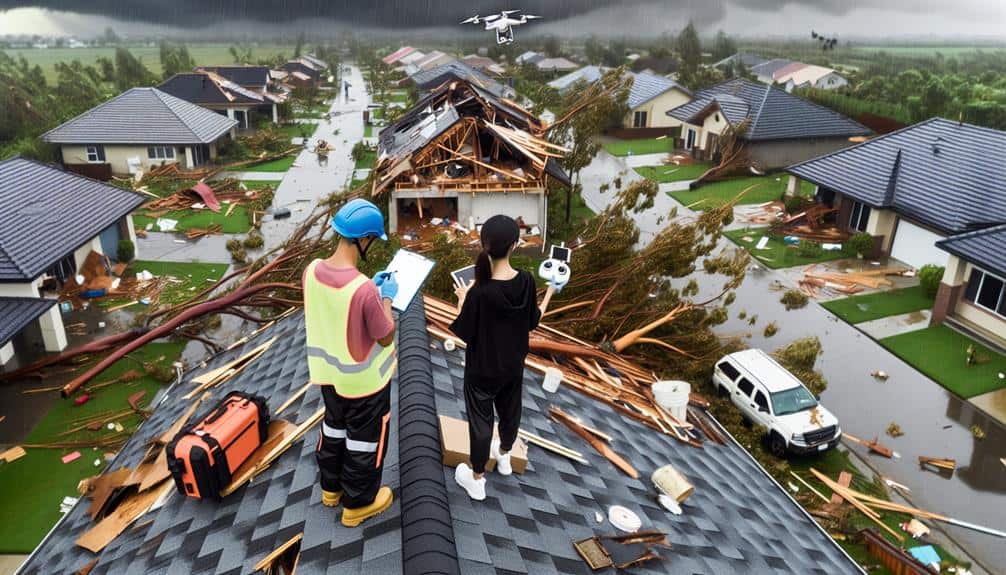Capturing Detailed Tornado Damage: 5 Expert Tips
Capturing detailed tornado damage starts with prioritizing our safety by checking for hazards and wearing protective gear. We use high-resolution cameras and drones for clear, thorough documentation. Targeting key structures like hospitals and schools helps us assess the impact on important infrastructure. Recording from multiple angles—ground-level, aerial, and side views—ensures we collect extensive data. Finally, […]
Capturing Detailed Tornado Damage: 5 Expert Tips Read More »
